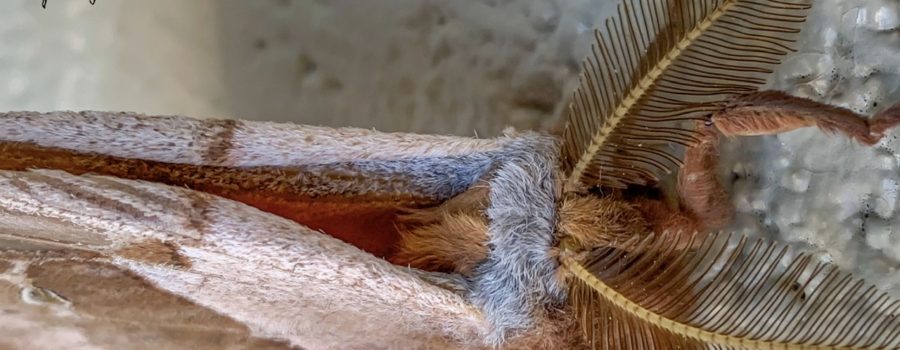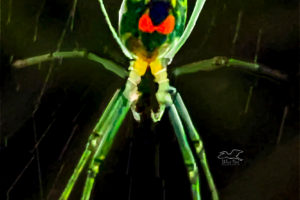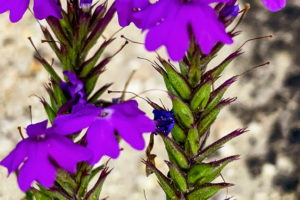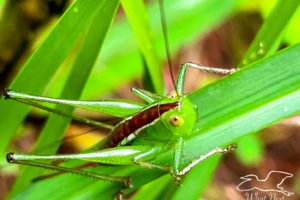The Beautiful Polyphemus Moth has an Interesting, Unusual Lifecycle

Florida has plenty of moths, but I guess that last week was large moth week at my office. On Monday I was headed home when I happened to glance over at the kennel wall and spotted a large, brownish colored moth. Of course, I had to investigate, and found a rather tattered male Polyphemus moth resting on the wall of the kennel. It was still in the same place the next morning, but was gone by that afternoon. Then, later in the week I spotted a sphinx moth on the outside wall of our office building. It was in much better condition than the Polyphemus moth, and only hung around our office for a couple of hours. Since the Polyphemus moth showed up first, he gets to be the blog subject for today, and we will talk about the sphinx moth sometime later.

Polyphemus moths are actually pretty cool. They have an interesting lifecycle which is a little different from many other moths. Like all moths and butterflies they have an egg stage, a larval (caterpillar) stage, eventually become a pupa, and finally hatch out into a fully adult moth. Unlike a lot of other moths and butterflies, though, Polyphemus moths undergo five instar stages or molts during their time as a caterpillar. As the caterpillars grow, they shed off the skin that they are outgrowing and eat it. Interestingly, the very first larva (the one that hatches from the egg) also usually consumes the shell of the egg it hatched from. While the larva is growing, it eats leaves from any number of broadleaf tree and shrub species (willows, birches, roses, oaks, etc.). Each caterpillar eats many, many times it’s weight before it is finished growing. After it’s fifth molt, once it has gotten to be about 3-4 inches long, the larva will wrap itself in a leaf and spin a silk cocoon around itself, becoming a pupa. The pupa usually stays in the cocoon for about two weeks (but it may go through the winter in the cocoon), and when it comes out it is a full grown moth. The adult moths only live for a few days (four to seven) since they don’t eat at all after passing out of the larval stage. Most of their short adult lives are spent searching for mates and reproducing. The females produce a pheromone that can attract males from as far away as a mile.

Polyphemus moths were named after Polyphemus, who was a cyclops from Greek mythology. They were given that name because of the large “eyespot” that they have on each rear wing. When the wings are fully spread, you can see that the eyespots are actually transparent. The wings and bodies come in a variety of colors from grey to reddish brown to a darker brown and even occasionally a pinkish color. The male Polyphemus moths are usually have a 4-5 inch wingspan and large bushy antennas. The females are usually slightly larger, but lack the bushy antennas. The antennas were how I identified the one in my photos as a male. As I said, he also looked pretty tattered and was very quiet, so I suspect he was nearing the end of his lifespan. It’s kind of sad that those beautiful adult moths live for such a short time. I hope he was able to meet plenty of pretty girl Polyphemus moths before he got here!






Recent Comments